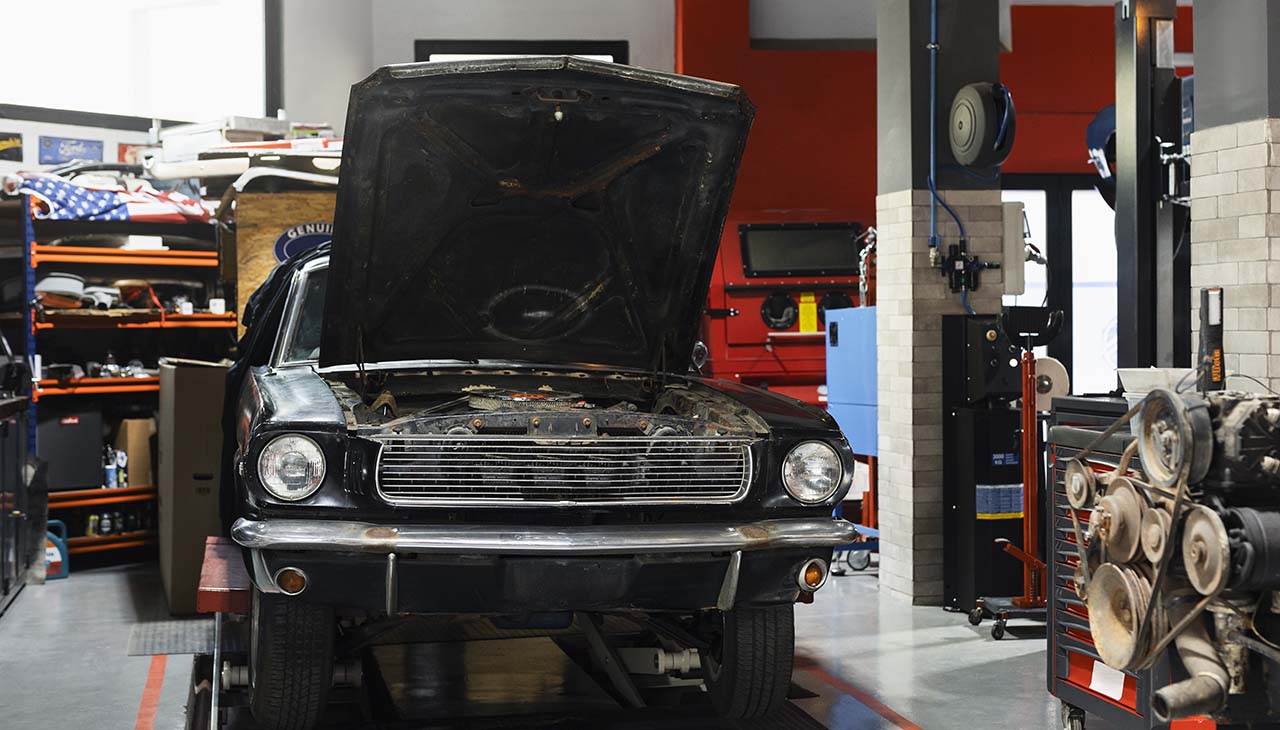
Trends in the Used Auto Parts Market: What’s Hot in 2024
The used auto parts market is experiencing a significant transformation as we move into 2024, propelled by the rise of sustainable practices, advancements in technology, and shifting consumer preferences. This dynamic sector, often seen as a cost-effective alternative to new parts, is not only about saving money anymore but also about contributing to environmental conservation and supporting circular economy principles. In this document, we will explore the emerging trends that are shaping the future of the used auto parts industry, including the increasing demand for electric vehicle components, the role of online marketplaces in facilitating global trade, and the impact of regulatory changes on the market’s landscape.
Sustainability and Eco-Friendly Parts
The surge in consumer interest towards minimizing environmental impact is significantly influencing the used auto parts market. Buyers are now more discerning, seeking not just affordability but also sustainability in their automotive part choices. This shift is fostering a burgeoning market for innovative recycled and upcycled auto parts. Manufacturers and retailers are responding by offering products that not only serve the practical needs of the consumer but also cater to their environmental consciousness. These eco-friendly components, ranging from refurbished engine parts to recycled interior trim, are proving that automotive repair and sustainability can go hand in hand, setting new standards for the industry.
High-Tech Salvage Yards
The landscape of salvage yards is rapidly evolving with the integration of advanced technology, revolutionizing how operations are conducted. Artificial Intelligence (AI) is at the forefront of this transformation, significantly improving inventory management and part identification processes. By leveraging AI, salvage yards can accurately catalog and manage vast quantities of parts, enhancing efficiency and reducing human error. This technological advancement not only streamlines operations but also vastly improves the customer experience. Digital interfaces allow customers to easily search for and locate specific parts, providing detailed information including condition, compatibility, and availability at the click of a button. This shift towards digitalization not only meets the modern consumer’s expectation for convenience and speed but also opens up the used auto parts market to a wider global audience.
Online Marketplaces and E-commerce
The digital age has ushered in a significant shift towards online sales in the used auto parts industry. E-commerce platforms are rapidly expanding, offering enthusiasts and professionals alike a more convenient and accessible way to source parts. These online marketplaces not only aggregate a vast selection of parts from around the globe but also empower users to compare prices, read reviews, and verify compatibility with ease. The importance of reliable shipping and stringent quality assurance procedures cannot be overstated in this context. As consumers become more accustomed to online purchasing, their expectations for fast, affordable shipping and high-quality, well-described products have risen. Sellers in the used auto parts market are thus investing in robust logistics networks and detailed quality checks to meet these demands, ensuring customer satisfaction and repeat business. This paradigm shift towards online sales is democratizing access to used auto parts, making it easier than ever for individuals to find exactly what they need while contributing to sustainability and the circular economy.
Customization and Restoration Culture
The resurgence of DIY projects and auto restoration is a trend that’s gaining momentum, further fueling the demand for unique and customized parts in the used auto parts market. Enthusiasts driven by a passion for vintage and classic cars are seeking out rare and specific components to bring their restoration projects to life. This niche, yet growing demographic, values authenticity and originality, often searching for parts that are no longer in production. Similarly, the DIY community, with its innovative spirit and preference for personalization, is pushing the boundaries of creativity and engineering by customizing vehicles in ways that reflect individual style and functionality. This cultural shift has inspired manufacturers and sellers to cater to these desires, offering bespoke parts and services. It is this intersection of customization, restoration, and the reverence for automotive heritage that is shaping a vibrant subculture within the used auto parts market, connecting the past with the present in the pursuit of personalized expression and mechanical excellence.
Emerging Markets and International Trade
The expansion into emerging markets represents a significant growth opportunity for the used auto parts industry. Countries with growing automotive sectors, such as those in Southeast Asia and Africa, are becoming increasingly attractive destinations for used auto parts exports. This surge is driven by the demand for affordable, high-quality parts to service a burgeoning vehicle population. However, navigating international trade in the used auto parts sector presents unique challenges. Import and export regulations, tariffs, and compatibility issues can complicate transactions. Additionally, cultural influences play a crucial role in shaping part preferences in these markets. For instance, in regions where rugged terrain is prevalent, there’s a higher demand for durable suspension components. Conversely, in urban areas where compact cars are more popular, there’s a different set of priorities. Understanding these nuances is essential for businesses looking to tap into the potential of these emerging markets. By adapting to the specific needs and preferences of each region, exporters can carve out a niche in the global trade of used auto parts, heralding a new era of international commerce that is both lucrative and sustainable.